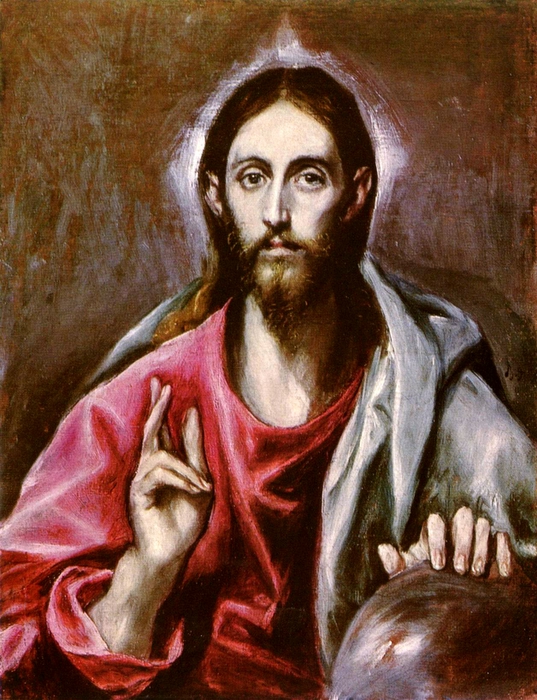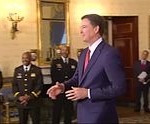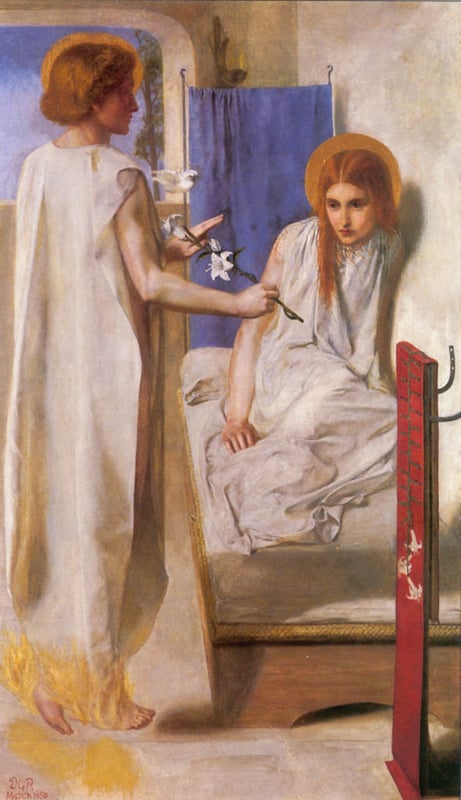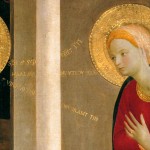 “That they may all be one” – the motto of the United Church of Christ, my denomination, is derived, in part, from this week’s text – John 14: 15-21.
“That they may all be one” – the motto of the United Church of Christ, my denomination, is derived, in part, from this week’s text – John 14: 15-21.
Here John describes the gift of the Spirit, not as a dramatic Pentecost of descending doves and flames, but as spiritual intimacy.
Spiritual intimacy. Intimacy so complete that the believer, still living in this world, becomes one with Christ, who dwells in another world. And this intimacy includes God, with whom Christ is now joined, and who is everywhere, in all the worlds, and beyond them, too.
We are all, according to Jesus in John’s words, “in” one another, and “one” in one another, in faith.
And this poetic rapture is transporting, until you remember all the hell that has been set loose in this world by this image.
The Crusades grew out of this dream . Not spiritual enough, you say? Well, the thinking was that leaving it all on the battlefield for your team would bond you right into this eternal bliss.
Plus, how would the heathen ever begin to be part of the dream, unless they were ‘led’ to church with a sword at their backs?
What was never measured was the sea of blood, the human carnage, the hideous suffering, the contracting of strange diseases in strange places, the PTSD borne by those who made it home. As well, the implacable hatred of the ‘infidels’, who long even now for our cultures to fail.
The same dream, of unity and of rising to heavenly bliss, fuels many an ISIS caliphate soldier today, and with the same ghastly results.
And then there was the Reformation, for which wars were fought, nations divided, seas crossed, Bibles printed and burned, and Thomas Cranmer (author of the Book of Common Prayer) burned at the stake by the cruel queen Bloody Mary, and afterward, they separated his head from the rest of his corpse and buried it elsewhere.
Early Puritans were tarred and feathered, a slow death by torture (as we cannot, in fact, breathe without the pores of our skin as well as our lungs). And you wonder why they left for Holland, and then, for the New World!
All this was because of the insistent teaching that we must all be one. In worship, in practice, in belief. Armies were dispatched to enforce the ‘must’ that is not, in fact, part of the text.
Freedom of religion has been a long time coming into this world, and in much of the US, where it was first part of law, it is unaccepted still. Those who would force all women to have unwanted children because of their sectarian belief; those who would refuse to sell wedding cakes to gay or lesbian couples; those who fear transgender people in public bathrooms; those who burn Korans, are not interested in freedom for any religion but their own.
So beware of your reading of this text. Do not think it presumes to offer you any comfortable sameness with your neighbor, let alone your enemy.
And whatever your church, if you identify as part of one, beware of its tendency toward mandating belief and practice.
The Vatican, issuing papal proclamations and reviewing the writing of its theologians for acceptability to an office in Rome, has often been cruel – the Inquisition is its most infamous chapter – and has applied both violence and shunning to its cause. But it has never achieved the conformity of faith it seeks. Nor shall it. Ever.
But in churches like mine, run on an entirely local level, true hospitality of spirit is as elusive as it is in the Vatican. Many a pastor has been accused of breaking the peace of the church, for having the courage to preach the truth of the gospel.
Here is another way of understanding the text, one far truer to it than what we have all commonly believed. “If Christ is in you and Christ is in me, we have something in common. We are no longer separate. If Christ is in me and in the woman languishing from AIDS on a straw pallet in Africa, we are no longer separated by so many miles – or by race or class or disease. We have something of our essence in common.”
The words come from Brother Mark Brown of SSJE, an Anglican monastic community in Cambridge, MA. But the spirit in them comes from God, from Christ, and from you and me.
(No, do not let anyone define the comings and goings of the Spirit to you as if it were as hierarchical as the Vatican, or as separable as a born again experience that happens to you individually!)
This intimacy brings us into suffering, not into comfyness. This intimacy brings us into the loneliness of the stranger by making us no longer at home in ‘our’ world. It does not, ever, make us feel like Christmas morning with everything we wanted under our tree.
This intimacy joins us to generations so far beyond us we cannot comprehend them, and to generations so far behind us we have forgotten what the world was like then.
To be one, as Christ invites us to be, is to find kinship across the aisles of politics and the tables of family, the corridors of power and the barred cells of prisons, the poverty of homelessness and the riches of Trump, and perhaps most vitally in our world, across the divide of races and religions.
It is you inside that burka, and me in that Kurdish tribal dress, you in that Hasidic fur trimmed hat and me cooking kosher, you in that threading ceremony so vital for a Hindu boy and me serving your tiger mother in the Asian way. And what unites us in our tears, and what unites us is our loneliness.
In all of this, we are One, in Christ, in God, and in each other. And no longer are there reasons – or options – for departing from one another’s sorrows or needs.
And so no longer is there a private happiness. Now there is shared conversation, and we are immersed in each other’s life.
Buechner wrote, years ago, that such a calling is vocation, and vocation is the place where your deep hunger and the world’s great need meet.
Here, only here, is the flame which is Pentecost. Here, only here, is the dove that frees the tongue, so that we do not say judgment or rejection, we say Come – let me shelter you, let me share your burden.
It is not a Caliphate the world needs. Nor is it the same old nations as before. It is not America made somehow into something it may have been or may never have been. It is not the European Union retained or destroyed.
It is understanding that does not want conformity, nor does it want to purge anyone, nor does it insist on One Way. This unity rejoices in being alive, together, as we have never been before. No one shall be an orphan and no one shall be lost. And all shall be loved.
_________________________________________________________________________________
Image: Pantocrator – Christ, by El Greco. 1600. National Gallery, Edinburgh, Scotland. Vanderbilt Divinity School Library, Art in the Christian Tradition.










